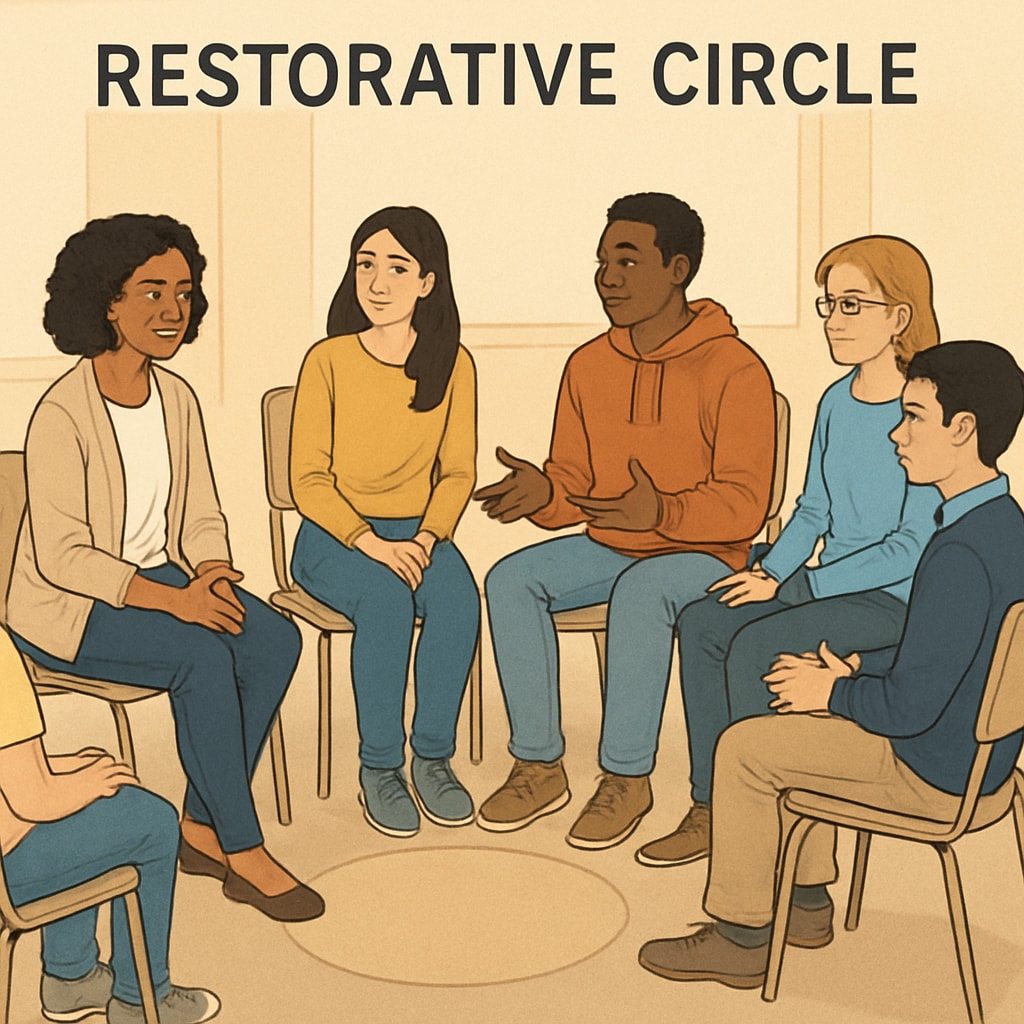School bullying remains a pressing issue that demands attention from educators worldwide. To address this challenge effectively, schools must move beyond conventional approaches and consider an ideal anti-bullying system that respects individual differences, evaluates the context of behaviors, and implements restorative measures. This article delves into how bullying can be better defined and managed, offering insights into creating safer and more inclusive school environments.
Defining School Bullying: Context and Individuality
Defining bullying accurately is essential for addressing it effectively. Bullying typically involves repeated, intentional harm inflicted by one or more individuals on another, where there is a perceived power imbalance. However, an ideal approach to defining bullying would emphasize the importance of context and individuality. For example, a single incident of aggression might not constitute bullying, but if it occurs within a pattern of targeted behavior, it should be flagged as such.
In addition, schools should adopt a nuanced perspective that recognizes the diverse experiences of students. Factors such as cultural backgrounds, communication styles, and individual sensitivities must be considered when evaluating behaviors. This ensures that interventions are fair and tailored to meet the needs of all students.

Moving Beyond Punitive Measures: A Restorative Approach
Traditional punitive measures often fail to address the root causes of bullying and may even exacerbate tensions among students. Instead, restorative practices offer a more effective alternative. These practices focus on repairing harm, fostering understanding, and rebuilding relationships between the involved parties. For example, a restorative circle—a structured dialogue involving the victim, perpetrator, and a facilitator—allows both sides to express their feelings and work toward resolution.
Restorative approaches also empower students to take responsibility for their actions and understand the consequences of their behavior. By prioritizing empathy and accountability over punishment, schools can create a culture of respect and cooperation.

Key Features of an Ideal Anti-Bullying System
To build an effective anti-bullying system, schools should incorporate the following features:
- Proactive Education: Implement regular workshops and discussions about bullying, empathy, and respect to educate students and staff.
- Accessible Reporting Mechanisms: Develop anonymous and user-friendly channels for students to report bullying incidents.
- Contextual Evaluations: Train staff to assess bullying cases with attention to individual circumstances and contextual factors.
- Restorative Interventions: Prioritize restorative practices that focus on repairing harm and fostering mutual understanding.
- Continuous Monitoring: Regularly review anti-bullying policies and their effectiveness through feedback from students, staff, and parents.
By integrating these features, schools can create an environment that not only addresses bullying but prevents it from occurring in the first place.
Empowering Educators and Students
An effective anti-bullying system requires active participation from both educators and students. Teachers and staff should receive comprehensive training to identify and address bullying effectively. Meanwhile, students should be encouraged to take an active role in fostering a positive school culture. Peer support programs, student-led initiatives, and mentorship opportunities can empower students to become advocates for change.
In addition, schools must ensure that all stakeholders—including parents and community members—are involved in anti-bullying efforts. This collaborative approach strengthens the impact of the system and promotes shared responsibility for student well-being.
Ultimately, addressing bullying requires a shift in perspective. By moving beyond punitive measures and embracing restorative practices, schools can create environments where every student feels valued and safe.
Readability guidance: Each section includes short paragraphs, actionable recommendations, and transitions (e.g., “for example,” “as a result”). Lists are used to summarize key points, and sentence length is controlled for readability.


